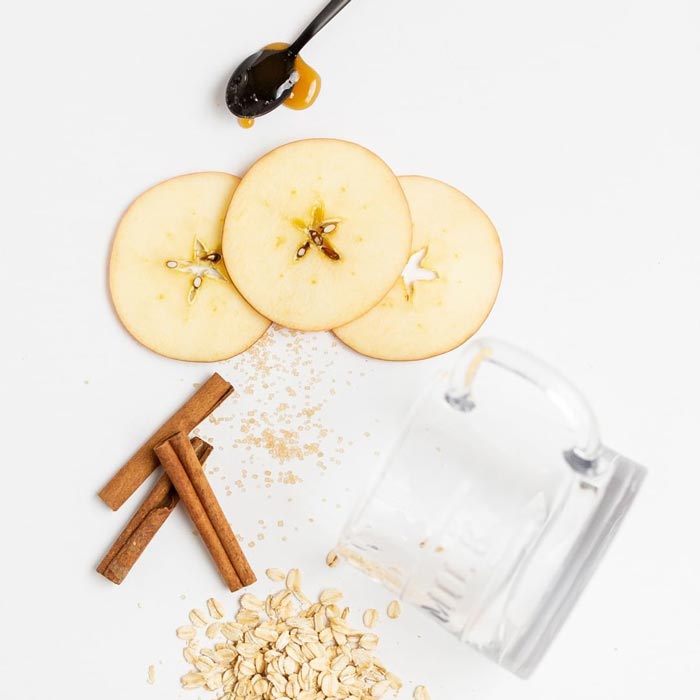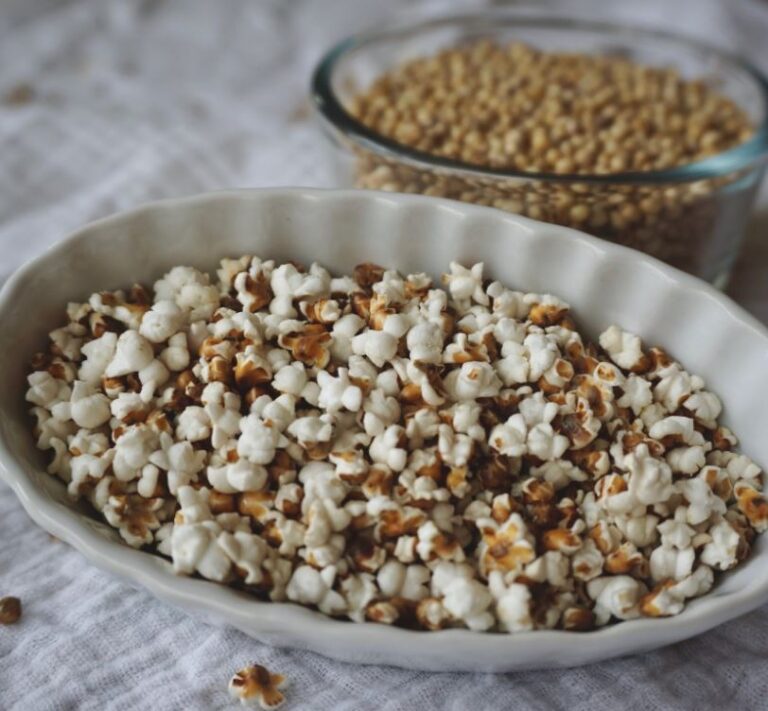Alternative Protein Trends: Top Things to Watch and Follow
Many people are seeking dietary and lifestyle modifications to improve their health and reduce our impact on the environment. This is due to a number of factors including a growing population, increased food demand, chronic disease rates that have worsened, rising healthcare costs and other factors. One area of interest is the use of protein alternatives to replace meat.
Takeaways:
- – Alternative proteins can be whole foods or food products engineered to mimic the characteristics of meat.
- – There are many options available today, including whole foods, and sources engineered from microbials, insects, or plants.
- – Alternative proteins can be a more valuable source of food for those who are concerned about the supply and demand of meat and animal welfare.
- – The health benefits of an alternative source of protein depend on a number factors, including your personal health goals.
- – Some products contain ingredients that are questionable and/or have low levels of leucine. Research suggests that replacing some meat with plants protein is beneficial to health, if the total intake of protein remains constant.
What is alternative protein?
Alternative proteins can be whole foods, or specially designed food sources. They offer familiar and desirable traits of meat but without the meat. There are many options that provide an adequate amount of protein as well as contributing taste, aroma and texture.
Alternative proteins are often referred to by many different terms: “meat replacers,” “meat alternative” and “meat substitutions.” Alternative proteins can refer to meatless alternatives, whether they are whole foods or designed, that have a similar protein level and/or a desirable texture or flavor to meat.
Current Options
Plant-based proteins and alternatives are on the rise. Some of the most popular brands are Beyond Meat Impossible Foods ToFurky Plant Basics Morning Star and others. Understanding the main ingredients used to create alternative proteins can help you make better shopping decisions.
Microbial-based. Since hundreds of years, microbes are used in the fermentation process, which produces food products such as beer, bread, and cheese. Microbes are grown in a laboratory dish to produce characteristics that are similar to meat. The venture is a hot one, and will bring in over 435 million dollars of investment capital by 2020. Alternative proteins made from microorganisms are available in Europe, but they have not yet become a staple alternative elsewhere. Impossible Foods Meati and Pletify are examples.
[ruby_related heading=”More Read” total=3 layout=1 offset=5]
Scientists are trying to produce “meat” on a large scale in a laboratory by culturing cells of animals, but it is still expensive and not easily available. Time will tell if this is a socially- and economically-acceptable source for consumers.
Insect-based. Many people consider insects to be a sustainable source of proteins because they are abundant in nature and use fewer resources. Insects are rich in protein and also provide vitamins, minerals, fats, and other nutrients. In about a quarter the world, crickets, black soldier flies larvae, termites and other insects are eaten. This type of alternative protein may face more challenges before social acceptance becomes the norm in westernized countries, but insect-based options represent more environmentally-friendly and resource-efficient protein sources for a growing global population.
Plant-based. Plant-based proteins are products that are made from plant-based sources, and not meat. Ingredients in this category include soy protein and pea proteins, as well whole foods like grains, legumes, and seeds. Examples include Tofurky, MorningStar and MorningStar.
Whole foods. The legume family, which includes peas and beans, as well as soy and lentils, is a cheap and common source of protein, fibre, vitamins, minerals and phytochemicals. Peas contain more leucine – an amino acid essential for muscle growth and maintenance – than soy, oats, hemp or rice. Dairy is not meat, even though it comes from animals. Some people may find this acceptable as a meat substitute. Milk, Greek yogurt and cheese (excluding butter) all contain a high level of leucine, which is twice as much as some plant-based sources. Leucine is found in milk and soymilk. For example, one cup of milk has 1.0g while a cup of soymilk only contains 0.5g.
Why do people consume alternative proteins?
Don Layman, Ph.D. is a professor of Food Science and Human Nutrition and a 40-year researcher of the role of dietary proteins in muscle protein synthesis at the University of Illinois Urbana-Champaign. He believes that humans are nearing their capacity for animal-based food. It may be more sustainable to help individuals meet their protein needs by developing and continuing the availability of alternative proteins, rather than carbohydrates.
Animal welfare concerns aside, alternative non-animal protein sources can help meet calorie and protein needs.
Alternative proteins can also be used by those with allergies to milk, shellfish or other foods that are difficult to include in meals.
Are alternative proteins healthier?
Alternative proteins may or may not be healthier, depending on your definition of healthy and your priorities for health. If you define “healthier” as eating more natural foods and consuming less processed food, then alternative proteins engineered by scientists are unlikely to be healthier. Professor Layman says that some meat substitutes contain synthetic ingredients of questionable safety.
If healthier means increasing and maintaining muscle mass to you, improving your body composition and minimizing the risk of sarcopenia, then choosing only alternative proteins might not be the best option. These disadvantages can be overcome with proper planning of nutrient intake, meals, and food sources.
Meat intake might not matter if healthier to you means less inflammation. A meta-analysis of twenty randomized controlled studies of total red-meat intake, with an intervention period ranging from 8 to 16 weeks on average, found some interesting results. There were no differences between the groups who ate more or less than 0.5 servings of red meat each day.
The results of healthier to you is less chronic diseases risk. However, the results are not as clear, but they appear to favor some substitution of meat with plants proteins, provided that protein content remains constant. In a 2022 review of 12 prospective research studies published in Nutrients, found that replacing just 3% of processed red meat with plant proteins from cereals, breads, and pastas reduced cardiovascular risk, overall mortality, and all-cause mortality. The study examined showed conflicting results regarding cancer risk, and only women seemed to benefit consistently from replacing meat with soy or other legumes. These studies focused on the fact that they kept protein intake constant, even after substitutions. They also studied whole-food plant proteins which may not be representative of real-life eating.
In the study above, diabetes risk decreased when 3-5% calories of meat protein were replaced with plant protein. A review of 13 controlled trials in 2015 confirms that improvements in glucose control are also seen in older research. It was even more beneficial to those who had diabetes for longer than five years. Even a small meat substitute appears to be beneficial. Meat does not need to be eliminated entirely.
These results cannot be assumed to apply to all alternative protein foods that are available on the market today. The majority of studies included in the Nutrientsreview only evaluated the diet at baseline. This does not reflect the changing lifestyle and dietary habits that individuals may have over time.
Find them in your local supermarkets and restaurants. Whole food alternatives, like peas and beans, dairy, tofu and dairy, are usually cheaper than engineered proteins but do not have the same culinary qualities as meat. All alternative proteins have both benefits and drawbacks for the consumer. Understanding the properties and effects of alternative proteins can guide you when you consider replacing meat in your diet.
Resources
- SpringerLink. Protein content and amino acid composition of commercially available plant-based protein isolates.
- NIH. Effects of Total Red Meat Intake on Glycemic Control and Inflammatory Biomarkers: A Meta-Analysis of Randomized Controlled Trials.
- NIH. Effect of Replacing Animal Protein with Plant Protein on Glycemic Control in Diabetes: A Systematic Review and Meta-Analysis of Randomized Controlled Trials.






